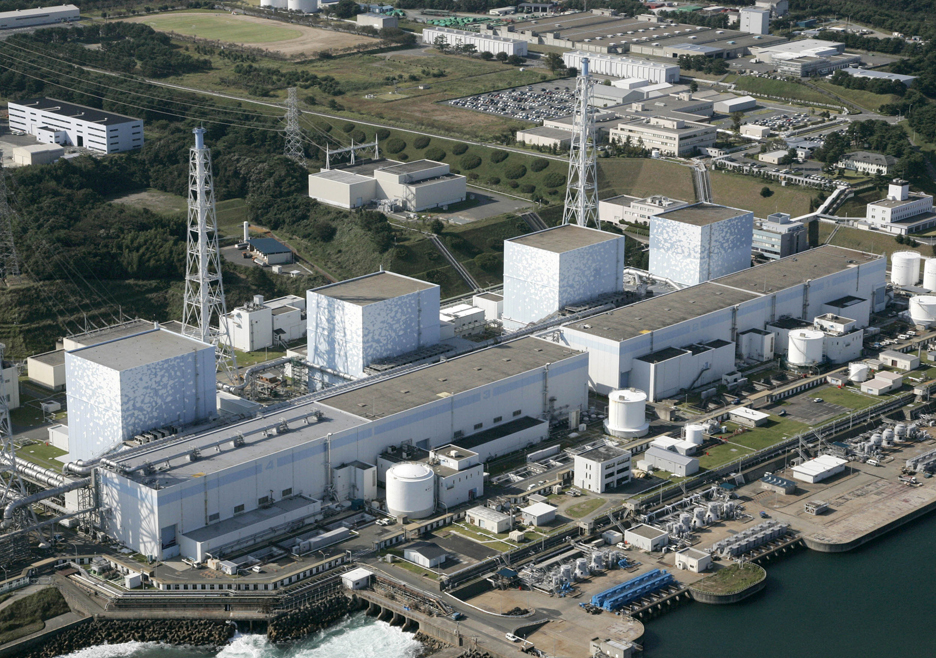The recent earthquake, tsunami and aftershocks that have (and are continuing to) hit Japan are tragedies surpassed only by what now appears to be the real possibility of a nuclear meltdown at the Fukushima Daiichi power plant. Images of containment chambers on fire, video footage of radioactive water vapour pouring into the atmosphere and discussion of failed attempts at cooling the reactor cores are highly distressing.
That such a disaster can befall Japan, a rich, developed nation with a well-regulated, safety-conscious power industry is cause for significant alarm around the world: Switzerland is aborting the construction of two new nuclear power plants; Germany has canned the investment required to extend the life of two ageing plants; and here in Australia, the political debate over nuclear power has fired up all over again.
Nuclear “experts” (whom we cynically believe should really be referred to as nuclear advocates) are all over news programs assuring us that a meltdown is nigh on impossible, that since Australia is isolated from tectonic faultlines it’s a great place for nuclear power and, somewhat nervously, that Fukishima is very different from Chernobyl, its cores protected by two containment chambers in addition to the thick but entirely inadequate concrete skin that failed so infamously at the Chernobyl meltdown.
Whilst comparisons between Fukushima and Chernobyl are inevitable, surely they must be freaking everyone out as much as they are us. Even forgetting the unanswerable question of how to dispose of radioactive waste, that the world can be facing another nuclear meltdown must make something crystal clear to us all: nuclear power is not safe. Take a quick glance through the list of civilian nuclear accidents on Wikipedia, here, and both the sheer length of the list (around 25 separate incidents since the 1950s) and resultant fallouts are terrifying.
As we move forward into this new century, it is an unfortunate truth that we will be seeing more and more natural disasters of increasing magnitude. Turning towards nuclear power as a solution to the world’s energy and carbon crises will only replace our current set of irreconcilable problems with another, one less predictable and far more dangerous.
Let us point out for the record: should an earthquake damage a photovoltaic array, there would be no fallout.

